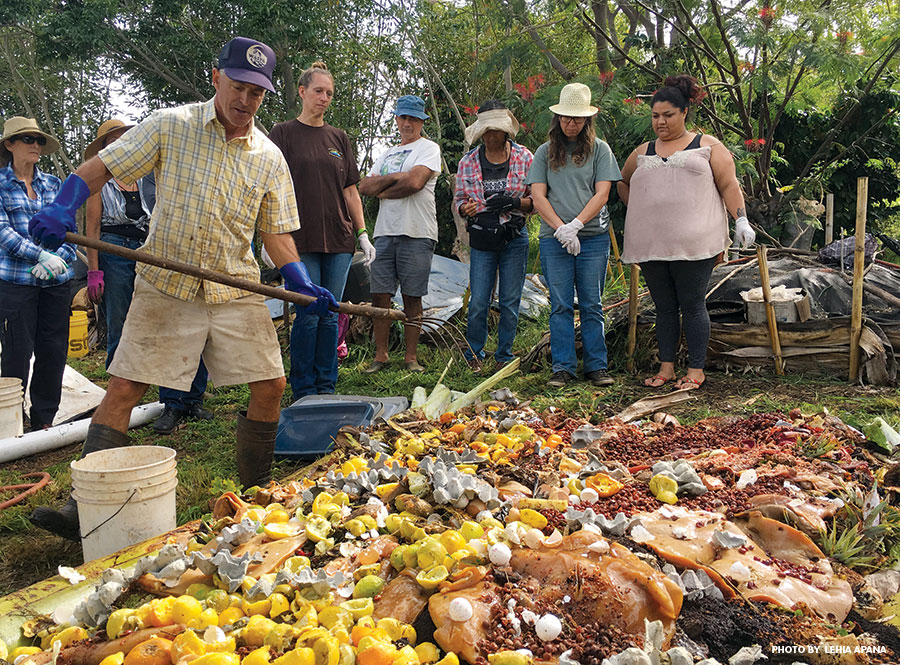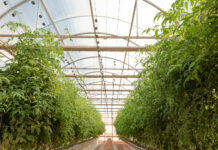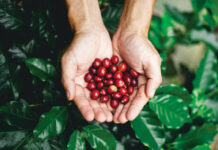
During an HFUU meeting in 2014, Robinson and fellow board members sparked an idea to address what they saw as an impending agricultural crisis. “We were looking around the room and noticing all these enthusiastic young people who were interested in farming, and we realized that there were also a lot of older people in the room who were looking very tired,” she laughs. “We thought we could tap older farmers who are ready to take it easy, and see if we could create a program for this new generation.”
The goal of FAM is simple: cultivate more farmers. The intensive six-month program focuses on regenerative growing practices—improving soil health to grow more nutritious and resilient crops—and offers classroom instruction on everything from designing a farm layout and managing pests, to understanding food-safety laws and running a business. The program also sends students on farm visits with mentors, including Hōkūao Pellegrino of Noho‘ana Farm in Waikapū; Evan Ryan of Pono Grown Farm Center in Makawao, and Gerry Ross of Kupa‘a Farms in Kula. In addition, students (technically called “apprentices”) have the option of working directly with a farmer during what’s known as the immersion phase.
“It takes a village to grow a farmer,” says Robinson, who adds that the program is offered free to participants because of ongoing support from the County of Maui, Kamehameha Schools, Atherton Family Foundation and Savitt Family Foundation, among others. Classes are held in partnership with the Sustainable Living Institute of Maui, and FAM graduates receive a certificate of professional development from University of Hawai‘i Maui College.





